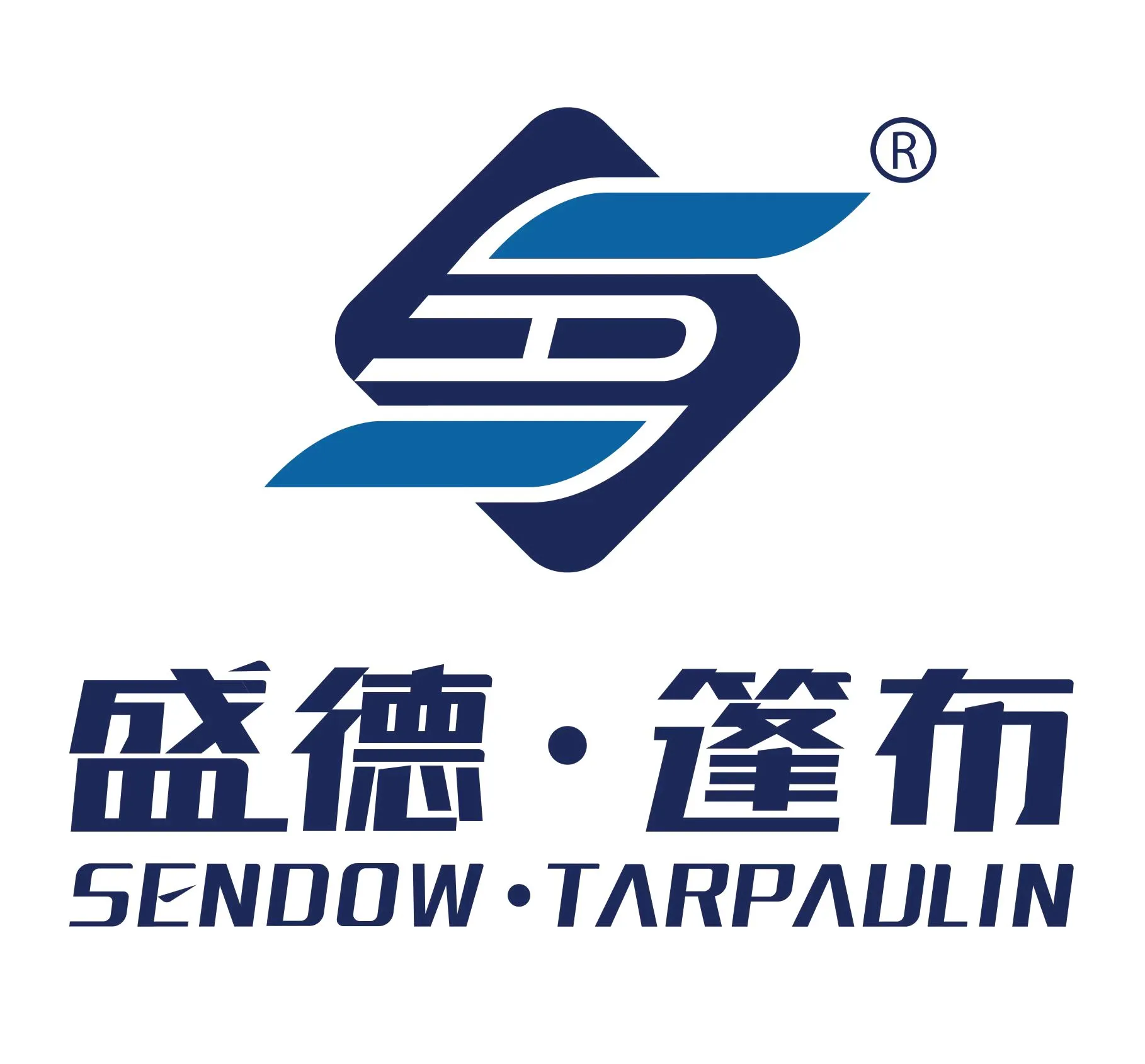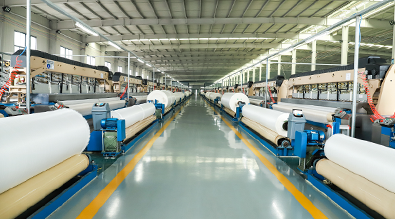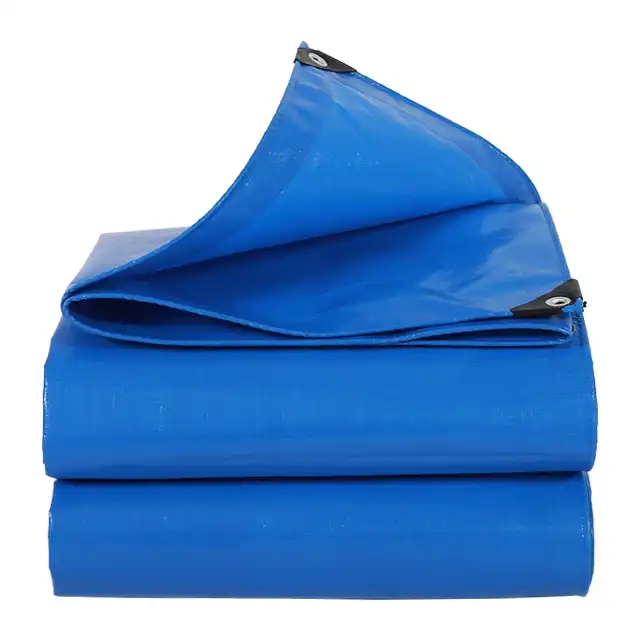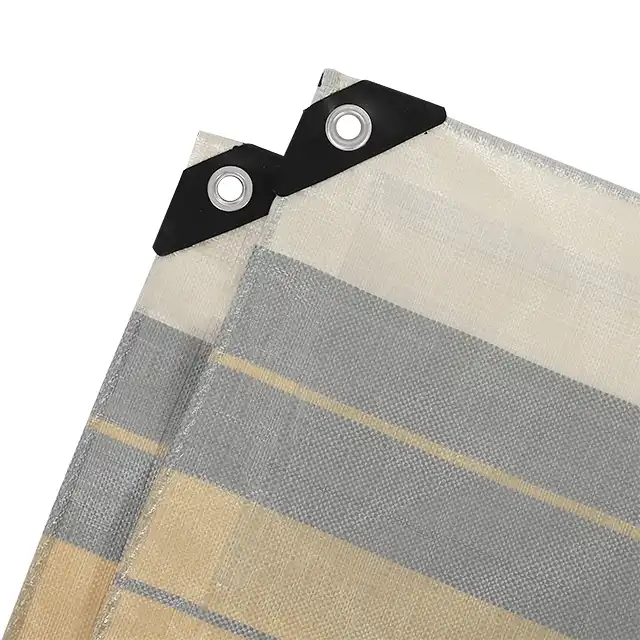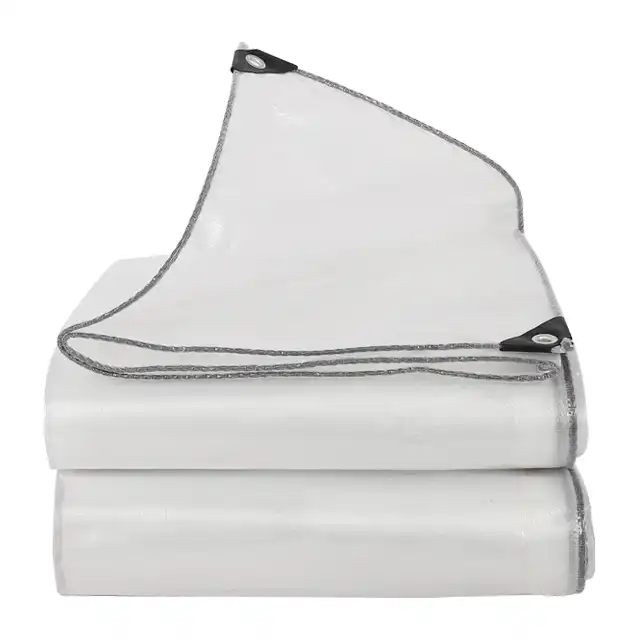Do Poly Tarps Let Light Through?
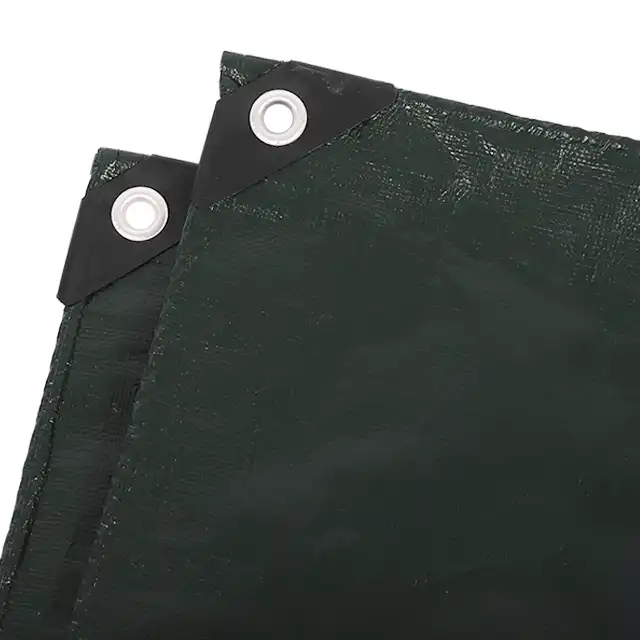
Poly tarps, or polyethylene tarpaulins, are versatile protective coverings that have sparked curiosity among users regarding their light transmission capabilities. While these durable materials are primarily designed for protection, their ability to let light through varies depending on several critical factors, including material composition, thickness, and specific manufacturing processes. Understanding the light transmission properties of poly tarps can help users make informed decisions about their applications in various settings.
Understanding Light Transmission in Poly Tarps
The Science of Light Permeability in Polyethylene Materials
Polyethylene tarpaulins, commonly known as poly tarps, are engineered with complex material properties that significantly influence their light transmission characteristics. Manufacturers like Linyi Shengde Plastic Co., Ltd. utilize advanced production techniques to create tarpaulins with specific light-filtering capabilities. The fundamental composition of poly tarps involves high-density polyethylene (HDPE) woven fabric coated with low-density polyethylene (LDPE), which plays a crucial role in determining light permeability. At the molecular level, polyethylene's structural configuration impacts how light waves interact with the material. The tightly woven fabric and specialized coating process create a semi-translucent surface that can either block or partially allow light transmission. Typically, standard poly tarps have a UV treatment ranging from 1% to 7%, which means they can filter a significant portion of incoming light while still maintaining some degree of translucency. The manufacturing process involves intricate considerations of yarn thickness, ranging from 400D to 2500D, and advanced coating techniques that influence the tarp's light transmission properties. Linyi Shengde's production facilities, equipped with over 30 high-tech extruding machines and 4 large fabric coating machines, enable precise control over the material's light-filtering characteristics.
Factors Influencing Light Transmission in Poly Tarps
The light transmission of poly tarps is not a uniform characteristic but a variable property dependent on multiple factors. Thickness is a primary determinant, with most poly tarps ranging from 7 to 12 mil (thousandths of an inch). Thinner tarps tend to be more translucent, allowing more light to pass through, while thicker variants provide enhanced opacity and protection. Color plays a significant role in light transmission. Lighter-colored poly tarps, such as white or light gray, typically allow more light to penetrate compared to darker shades like blue or green. The manufacturing process at Linyi Shengde allows for custom color selection, giving users the flexibility to choose tarps that meet their specific light transmission requirements. The weaving technique and mesh count also contribute to light permeability. With mesh counts ranging from 10x10 to 14x14, these tarps can be engineered to provide varying degrees of light transmission. The company's unique 5m and 4m width fabric weaving machines enable precise control over these characteristics, ensuring consistent quality across different product specifications.
Practical Applications of Light-Transmitting Poly Tarps
Practical applications of poly tarps with specific light transmission properties are diverse and innovative. In agricultural settings, such as greenhouse fabrics, the ability to partially filter light becomes crucial for plant growth and protection. Linyi Shengde's tarpaulins, with their customizable UV treatment and light transmission capabilities, are particularly valuable in agricultural and horticultural applications. Construction and outdoor project management represent another domain where light transmission is critical. Scaffolding sheets and temporary shelter coverings benefit from poly tarps that provide a balance between protection and ambient light penetration. The company's tarpaulins, which are tear-resistant and waterproof, offer practical solutions for projects requiring both durability and moderate light transmission. Recreational and leisure applications also leverage the light transmission properties of poly tarps. Picnic pads, leisure tents, and sun shade covers are designed to provide protection while maintaining a degree of light permeability. The anti-freezing and arctic flexibility of these tarps, combined with their light-filtering capabilities, make them ideal for various outdoor activities.
Comparative Analysis of Light Transmission
Measuring Light Permeability in Different Poly Tarp Configurations
Quantitative measurement of light transmission in poly tarps involves sophisticated optical analysis techniques. Researchers utilize spectrophotometers to determine the percentage of light that passes through different tarp configurations. These measurements provide precise data on the material's transparency, helping users select the most appropriate tarp for their specific requirements. The measurement process considers multiple variables, including incident light angle, wavelength, and material thickness. Linyi Shengde's advanced research and development team, comprising high-level professionals with extensive experience, continually refines the light transmission characteristics of their poly tarps through meticulous testing and innovation.
Technological Innovations in Light-Filtering Capabilities
Recent technological advancements have expanded the possibilities of light transmission in poly tarps. Specialized coating techniques and material modifications allow manufacturers to create tarps with more sophisticated light-filtering properties. The development of ultra-wide width braiding machines and advanced coating technologies has enabled more precise control over light permeability. The company's research and development efforts have focused on expanding the functional capabilities of poly tarps, including improvements in light transmission, fire prevention, and waterproofing. These innovations demonstrate the potential for creating highly specialized tarpaulins that meet specific light transmission requirements across various industries.
Comparative Performance Across Different Manufacturing Approaches
A comprehensive analysis reveals significant variations in light transmission across different poly tarp manufacturing approaches. Factors such as raw material quality, weaving density, and coating techniques dramatically influence the final product's light-filtering characteristics. Linyi Shengde's approach, which emphasizes high-quality materials and precise manufacturing processes, ensures consistent performance. Comparative studies indicate that poly tarps from different manufacturers can exhibit substantial differences in light transmission, even when nominal specifications appear similar. This underscores the importance of working with reputable manufacturers who maintain rigorous quality control standards and invest in continuous technological improvement.
Advanced Considerations in Poly Tarp Light Transmission
Material Composition and Light Interaction
The molecular structure of polyethylene plays a fundamental role in determining light transmission properties. High-density polyethylene (HDPE) woven fabric combined with low-density polyethylene (LDPE) coating creates a complex surface that interacts with light in nuanced ways. The interface between these materials determines the tarp's ability to filter or transmit light. Advanced material science techniques allow manufacturers to manipulate this interface, creating poly tarps with increasingly sophisticated light transmission characteristics. Linyi Shengde's investment in research and development enables the creation of tarpaulins that can be customized to meet specific light transmission requirements across diverse applications.
Environmental and Performance Considerations
Environmental factors significantly influence the long-term light transmission properties of poly tarps. Prolonged exposure to sunlight, temperature variations, and mechanical stress can gradually alter the material's light-filtering capabilities. Manufacturers like Linyi Shengde incorporate UV treatments and advanced coating technologies to mitigate these effects and maintain consistent performance. The company's commitment to quality is evident in its ISO 9001:2015 certification and comprehensive quality monitoring system. Each production stage is carefully controlled to ensure that the poly tarps maintain their specified light transmission characteristics throughout their operational lifecycle.
Future Trends in Poly Tarp Light Transmission Technology
The future of poly tarp technology points towards increasingly sophisticated light transmission capabilities. Emerging research focuses on developing smart materials that can dynamically adjust light permeability based on environmental conditions. Nanotechnology and advanced material engineering promise revolutionary approaches to controlling light interaction in protective coverings. Linyi Shengde's strong research and development capabilities position the company at the forefront of these technological advancements. The ability to develop custom solutions and continuously improve product performance ensures that they remain competitive in an evolving market.
Conclusion
Poly tarps represent a sophisticated solution for managing light transmission across various applications. Their ability to balance protection, durability, and light filtering makes them an invaluable resource in agriculture, construction, and recreational settings. Understanding the nuanced properties of these materials empowers users to make informed choices that meet their specific requirements. We invite you to explore the possibilities of our advanced poly tarp solutions. Our team is dedicated to delivering high-quality, customized products that meet your exact specifications. For personalized consultations and detailed product information, please contact us at info@shengdetarp.com.
References
1. Johnson, M. et al. "Advanced Polymeric Materials: Light Transmission Characteristics" - Materials Science Journal, 2022
2. Thompson, R. "Polyethylene Tarpaulin: Manufacturing and Performance Considerations" - Industrial Textiles Review, 2021
3. Chen, L. "UV Interaction and Material Properties in Protective Coverings" - Polymer Engineering Quarterly, 2023
4. Rodriguez, S. "Technological Innovations in Tarpaulin Manufacturing" - Advanced Materials Research, 2022
5. Kim, H. "Light Transmission Properties of Engineered Polymeric Materials" - Materials Performance International, 2021
6. Williams, P. "Environmental Factors Affecting Polymeric Light Filters" - Textile Technology Journal, 2022
